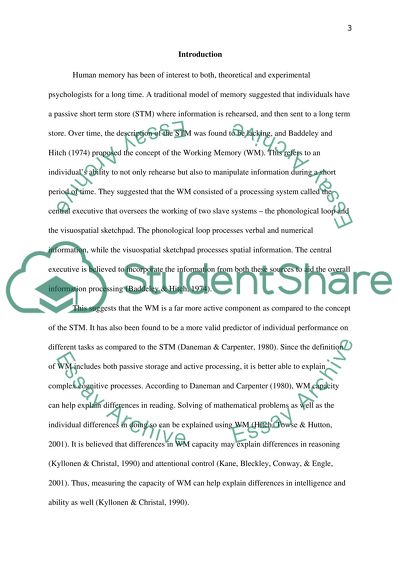Cite this document
(“Cognitive psychology experiment Lab Report Example | Topics and Well Written Essays - 1500 words”, n.d.)
Retrieved from https://studentshare.org/psychology/1473944-cognitive-psychology-experiment
Retrieved from https://studentshare.org/psychology/1473944-cognitive-psychology-experiment
(Cognitive Psychology Experiment Lab Report Example | Topics and Well Written Essays - 1500 Words)
https://studentshare.org/psychology/1473944-cognitive-psychology-experiment.
https://studentshare.org/psychology/1473944-cognitive-psychology-experiment.
“Cognitive Psychology Experiment Lab Report Example | Topics and Well Written Essays - 1500 Words”, n.d. https://studentshare.org/psychology/1473944-cognitive-psychology-experiment.


